Catalogue of traps and pheromones
Download traps and pheromones list

Download document
1.02 mb
The greater wax moth is one of two species of wax moths, with the other being the lesser wax moth. The greater wax moth eggs are laid in the spring, and they have four life stages. Males are able to generate ultrasonic sound pulses, which, along with pheromones, are used in mating.
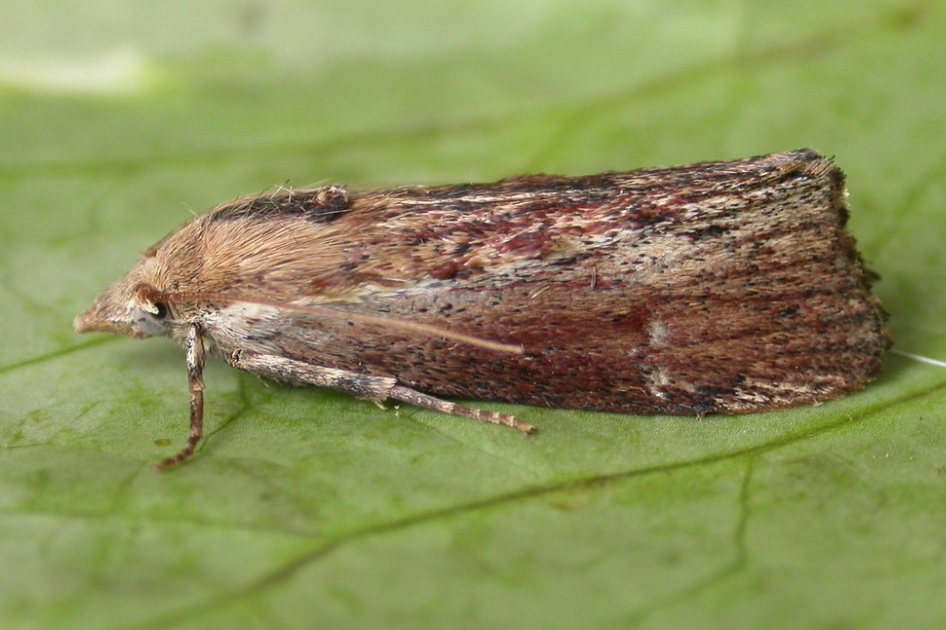
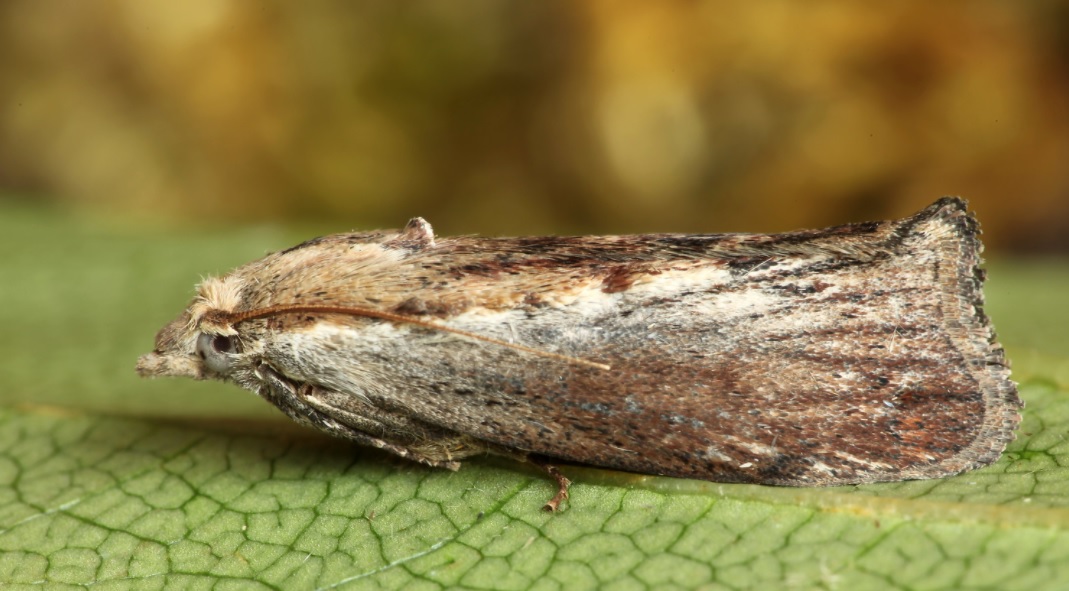
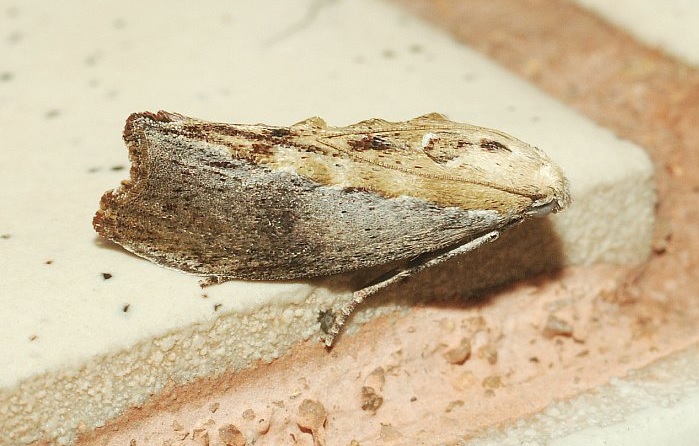
The greater wax moth is well known for its parasitization of honeybees and their hives. Because of the economic loss caused by this species, several control methods including heat treatment and chemical fumigants.
Biochemtech S.R.L. coming with eco-friendly solution in control of that pest. It is the same pheromone which attract females and is not hazardous for pollinators without appearance of resistance of wax moth.
The species is now distributed throughout the globe. It has been reported in twenty-seven African countries, nine Asian countries, five North American countries, three Latin American countries, Australia, ten European countries, and five island countries. It is projected that the pest may spread further, especially due to climate change.

The greater wax moth larvae parasitize the honeybee. Eggs are laid in the cracks and crevices inside the hive, which minimizes egg detection. Once eggs hatch, they feed on the midrib of the wax comb, the cast skins of bee larvae, pollen, and small quantities of propolis and honey.


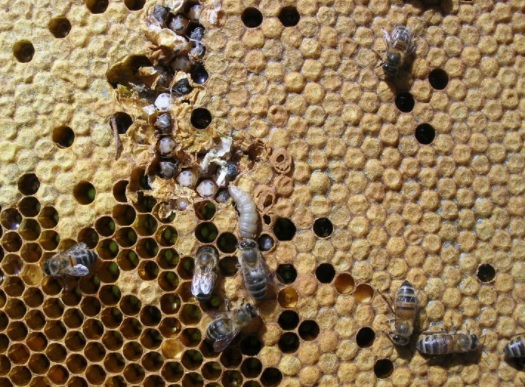
The greater wax moth females lay their eggs in the small cracks and crevices inside a beehive. Females prefer to lay their eggs in strong, healthy bee colonies over weaker colonies, but weaker colonies have a higher rate of The greater wax moth infestation. Eggs are laid in clusters of varying number depending on the region. Clusters of 50-150 eggs have been reported in the United States, whereas clusters of 300-600 eggs have commonly been reported in India. Up to 1800 eggs have been deposited by a single female.
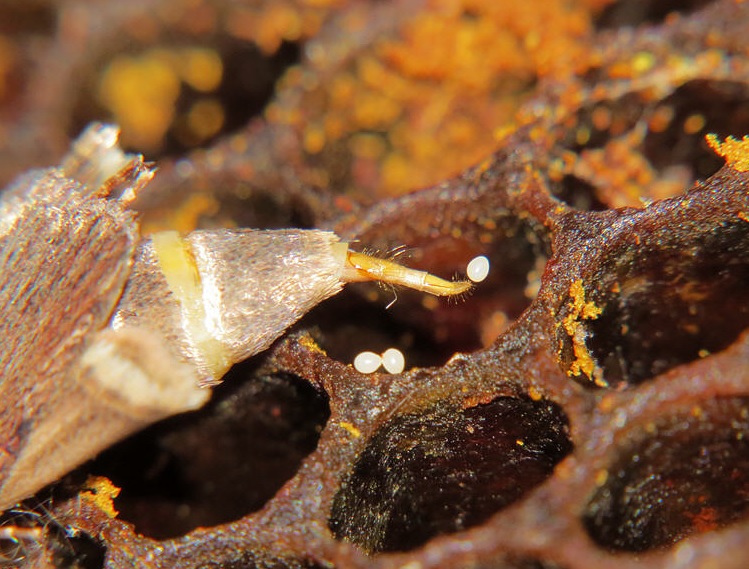
This species of moth is a major parasite of the wild and cultivated honey bee, costing millions of dollars of damage each year. It is said to be present in any area where beekeeping is practiced. After eggs are laid in the hive, the larvae burrow through the honeycombs and cause massive destruction.
Generally, eggs are laid in the early spring and the moth undergoes four to six generations annually.
EGG. They are laid in clusters in small cracks and crevices in the hive, and can take anytime from 7.2 to 21.8 days to hatch.
LARVAE. They feed on honey, pollen, cast off skin of honeybee larvae, and the midrib of the wax comb.

PUPAE. Pupae are immobile, do not feed, and remain housed in their cocoon for 1 to 9 weeks until emerging as adults.

ADULT. Females live for an average of 12 days; males live for an average of 21 days.

The greater wax moth larvae parasitize honeybees. Eggs are laid within the hive, and the larva that hatch tunnel through the honeycombs that contain honeybee larva and their honey stores. The tunnels they create are lined with silk, which entangles and starves emerging bees, a phenomenon known as galleriasis. Tunnels also result in massive destruction of the combs. As a result, honey is wasted as it leaks out when cell caps are eaten. Finally, both The greater wax moth adults and larvae can be vectors for pathogens that can infect honeybees, including the Israeli acute paralysis virus (IAPV) and the black queen cell virus (BQCV).
Download traps and pheromones list

1.02 mb
Review our catalogue of pheromons and semiochemicals by chemical name

525.1 kb